In Digital, there’s always a way to do things better, be it tweaking strategies for short- and long-term business goals, optimizing campaigns to meet changing business objectives, deploying tools and automation to tackle operational bottlenecks, and many more.
The FlyWheel Model, for instance, does away with a lot of limitations that the traditional marketing approach brings along with it. Let’s dive in.
What is the Flywheel Model?
The Flywheel is a unique model introduced to explain the momentum you gain when you align your marketing mix and plan around actual customer experience. With the flywheel, you use the momentum of your happy customers to drive referrals and repeat sales. Basically, your business keeps spinning.
Its efficacy lies in:
1) How fast can you spin it
The momentum increases when you add force to areas that have the biggest impact. Here, the ‘forces’ are programs and strategies that you implement to speed up your flywheel. For example, inbound marketing, a freemium model, frictionless selling, a customer referral program, paid advertising, and investing in your customer service team are all forces.
Focus on how you can make your customers successful as they’re more likely to relay their success to potential customers.
2) How much friction is there (Headwinds)
Since you’re applying force to your flywheel, you also need to make sure nothing is opposing it - that means eliminating friction from your business strategy.
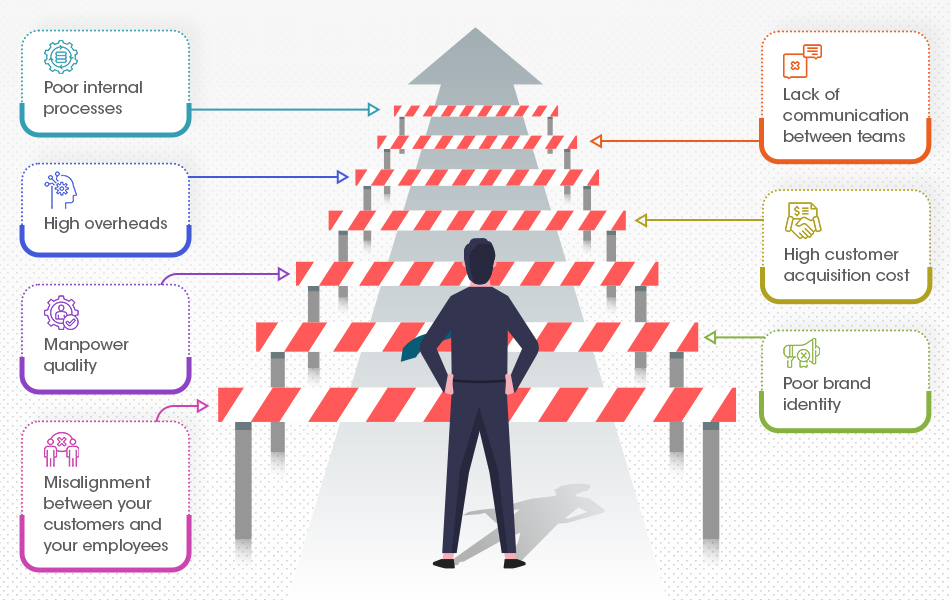
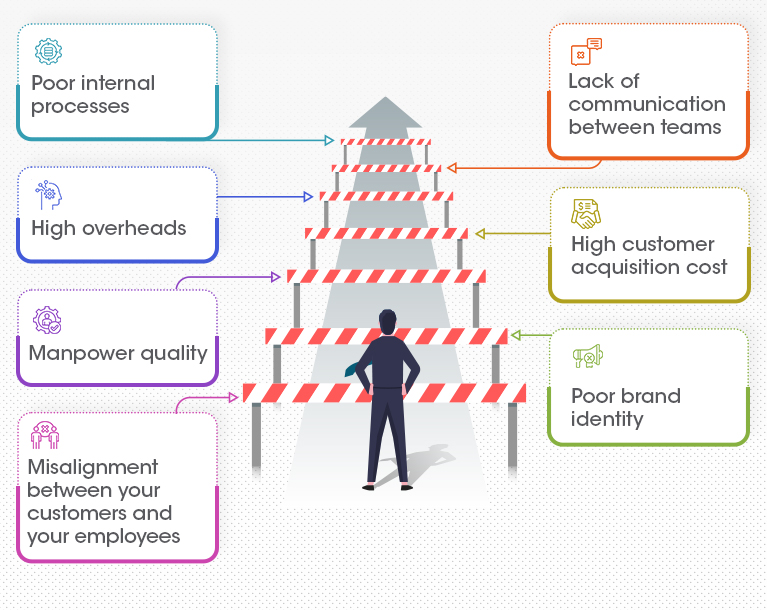
You can reduce friction by looking at how your teams are structured, why customers are churning, and where prospects are getting stuck in the buyer’s journey.
Companies that choose to use the flywheel model over other models have a huge advantage because they aren’t the only ones helping their business grow — their customers are helping them grow as well.
The Inbound Methodology and the Flywheel
When you use the inbound methodology as a foundation, the three phases of your flywheel are Attract, Engage, and Delight. By applying force to these three phases, you can provide an amazing customer experience.
- In the Attract phase, you attract visitors with useful content and eliminate barriers as they try to learn about your company. The key is to earn people's attention, not force it. Some forces you can apply are content marketing, search engine optimization, social media marketing, social selling, targeted paid advertising, and conversion rate optimization.
- In the Engage phase, you make it easy to shop and buy from you by enabling buyers to engage with you on their preferred timeline and channels. Focus on opening relationships, not just closing deals. Some forces include website and email personalization, database segmentation, marketing automation, lead nurturing, multichannel communication (chat, phone, messaging, email), sales automation, lead scoring, and try before you buy programs
- And finally, in the Delight phase, you help, support, and empower customers to reach their goals. Remember, customer success is your success. Some forces you can leverage are self-service (Knowledge base, chatbot), proactive customer service, multichannel availability (chat, messaging, phone, email), ticketing systems, automated onboarding, customer feedback surveys, and loyalty programs.
Why The Flywheel Over The Traditional Funnel?
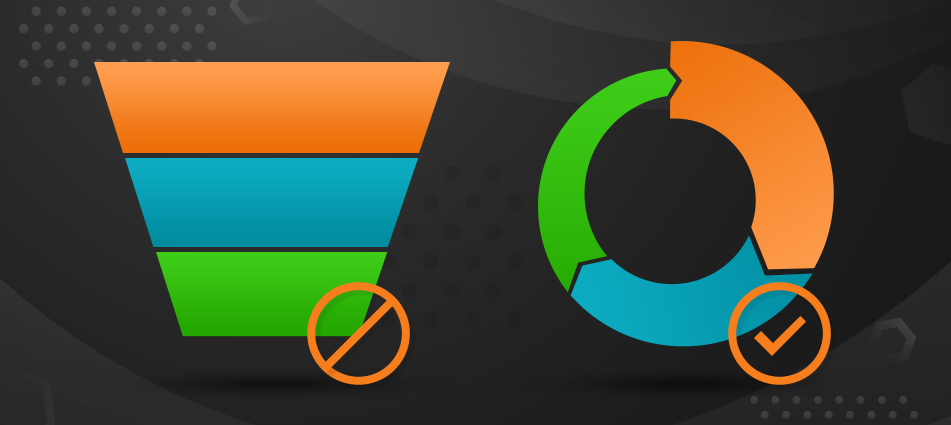
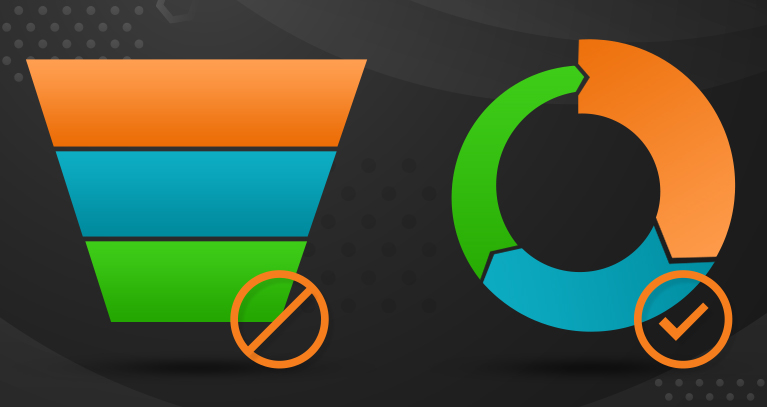
For years, companies have structured their business strategies around the funnel and it has worked to a fair extent. However, the funnel has failed marketers, salespeople, and business leaders alike.
Today, customer referrals and word-of-mouth have become the largest influence on the purchase process, which means the funnel has one major flaw - it views customers as an afterthought, not a driving force. They produce customers but don’t consider how those customers can help you grow. That’s why the flywheel is so important.
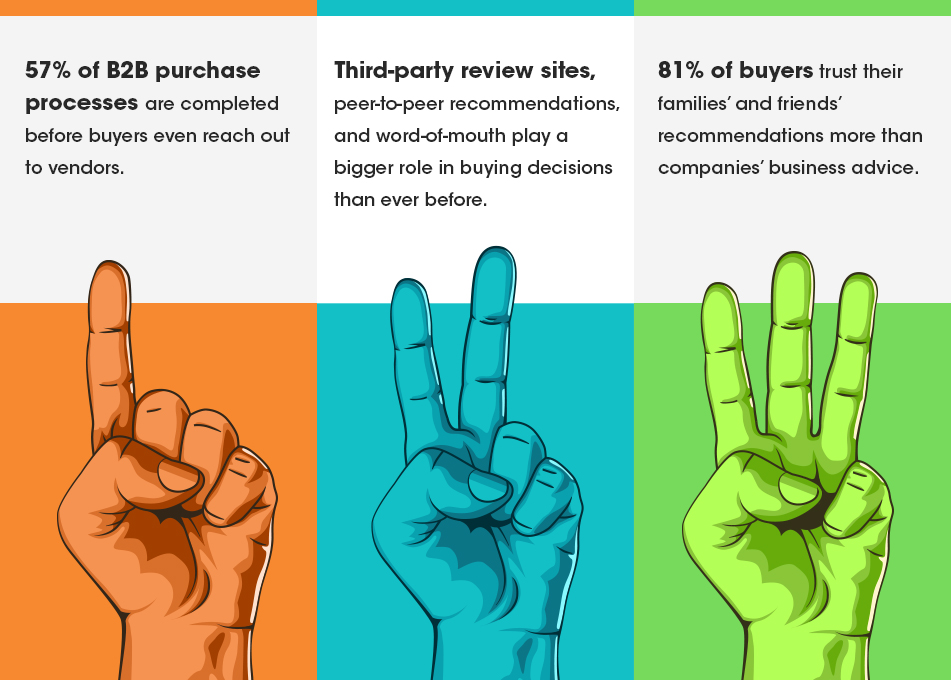
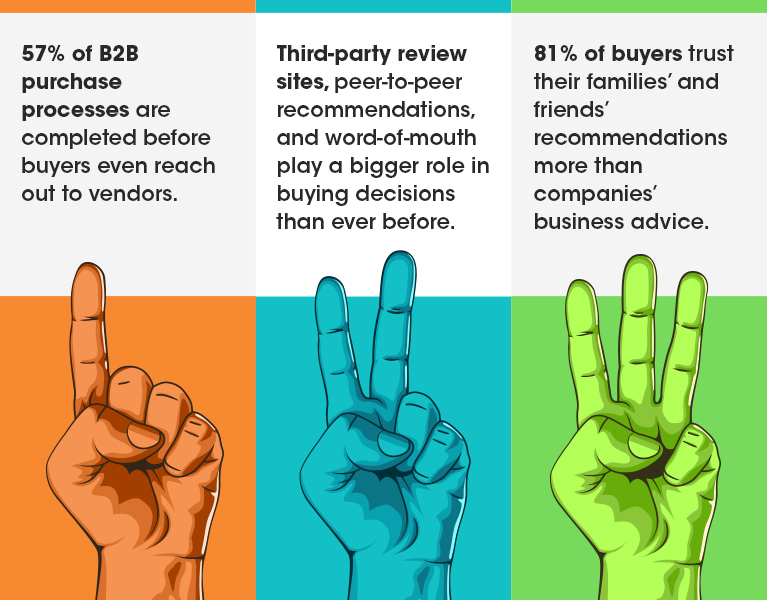
The traditional funnel doesn’t account for any of these factors. And because they’re linear, funnels don’t reveal the momentum you build through a great product and customer experience, nor the drag you experience when your processes start to slow down growth.
Bear in mind that the flywheel is the mental model that brings these forces together. Removing friction from your internal processes means you can spin your flywheel and grow faster. And most importantly, when paired with the inbound methodology, the flywheel reveals the importance of the customer experience. The “delight” stage powers the “attract” stage of the inbound methodology, because of course how you treat your customers affects what prospects hear about you.
In a traditional sales funnel, your marketing team does their job, then your sales team does their job and the journey ends. The customer pays and they’re gone. They fall out of your funnel. And that’s not an accident, that’s by design.
- The constant downward push with purchase being the end goal is the biggest design flaw of the funnel. Your marketing team spent so much money to get the customer to sales and sales has spent hours working on the customer. All those resources go to waste if that’s your end goal.
- The funnel simply no longer meets the needs of the present-day customer. People are more likely to ask friends for recommendations, check online reviews or look on social media. The flywheel accommodates this changing behaviour.
- The biggest threat to your company’s growth isn’t your competitors. It’s a bad customer experience. That's why companies need to put their customers first and do more than just grow — they need to grow better.
Growing better means remembering that your customers are people first, not numbers on a spreadsheet — so interact with them how and when they want. It's placing customers at the center of your business and valuing relationships, not just deals.
Wondering if your brand needs the FlyWheel approach? Let’s initiate a discussion!
A performance-oriented forward thinker with an understanding of business requirements, challenges & problem statements of his clients. A believer & applier of the Inbound Marketing Flywheel to imagine online foundations & roadmaps for clients across different industries - Automobile, E-Commerce, Home-Improvement, Education, NBFC, etc. by putting the right mix of online solutions into smarter use to achieve set goals.
Digital Inbound Marketer | Sales & Brand Solutions | Online Execution Specialist | Follower of New Marketing Trends & Strategy Updates | Fitness Enthusiast
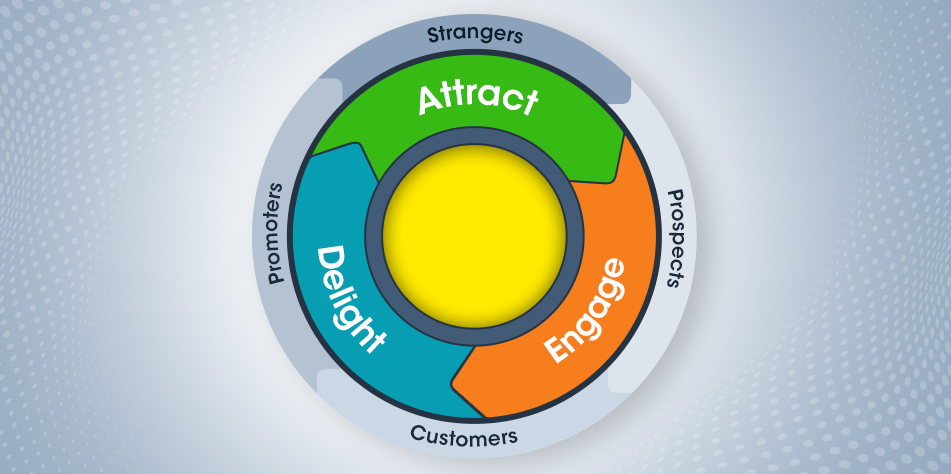





Leave a Comment